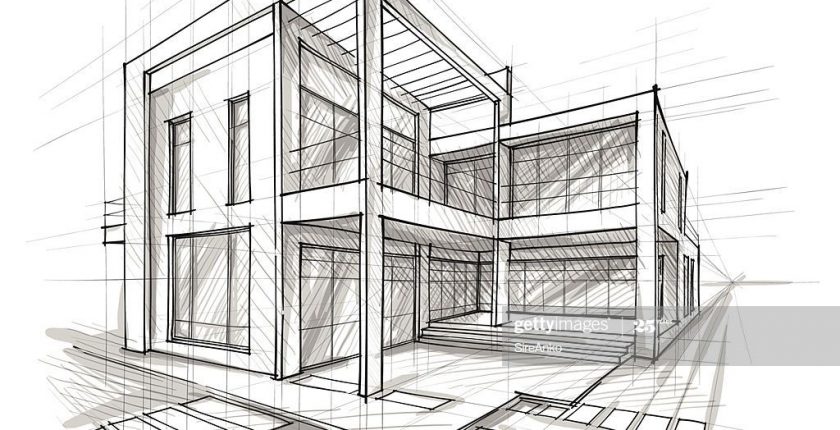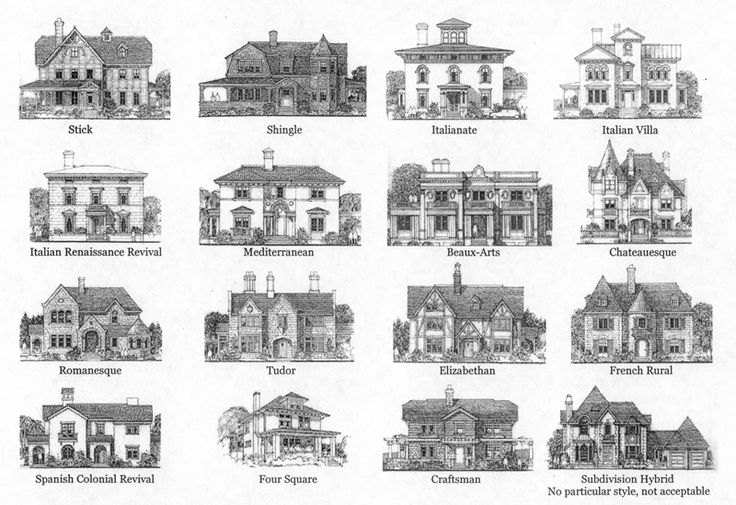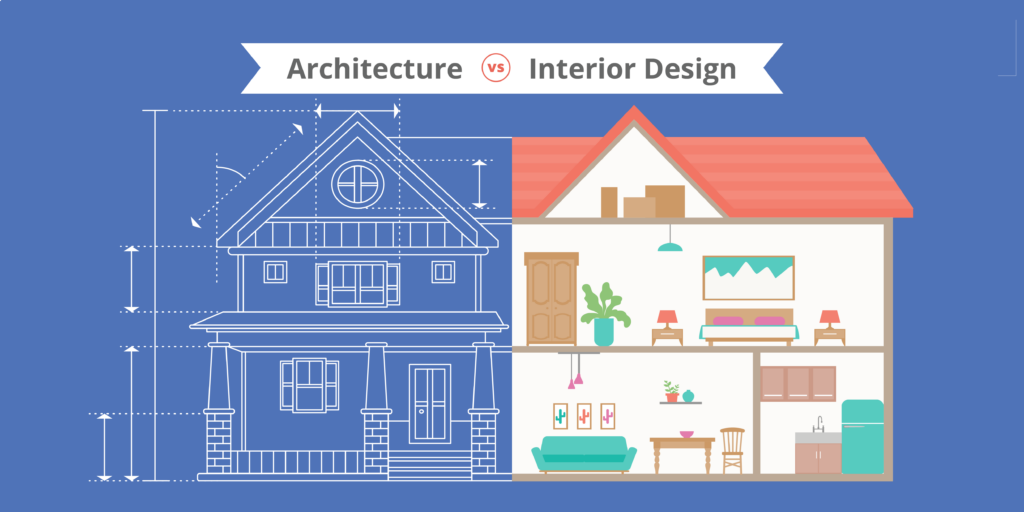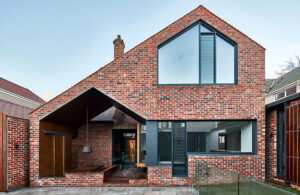
Architectural design is a multifaceted discipline that involves the creation and planning of living spaces using a combination of technical knowledge and artistic creativity. It encompasses a wide range of considerations, including spatial efficiency, aesthetics, color theory, size, shape, and the integration of various elements. Architectural design can be categorized into three key aspects:
- The Objects of the Design: This aspect refers to the physical components and structures that make up the design, such as buildings, houses, bridges, and other architectural forms.
- The Intention: Architectural design involves a clear intention or purpose, which could be to provide shelter, create functional spaces, or convey specific messages or cultural values through the design.
- Aesthetics and Technical Details: Architectural design seeks to balance both aesthetic appeal and technical functionality. It involves considerations such as form, style, materials, and construction techniques to achieve a harmonious and functional outcome.
Types of Architectural Design

Architectural design encompasses various styles and movements that have evolved over time, each with its unique characteristics. Some notable architectural styles include:
- Greek and Classical Roman Architecture: Characterized by temple-like structures with columns, including the Doric, Ionic, and Corinthian orders. Examples include the Acropolis in Athens and the Colosseum in Rome.
- Gothic Architecture: Known for pointed arches, ribbed vaults, and flying buttresses. Notable examples include Notre Dame in Paris and Milan Cathedral.
- Victorian Architecture: Developed during Queen Victoria’s reign, featuring elaborate trims, vivid colors, and asymmetrical designs. Balmoral Castle in Scotland and Westminster Palace in London are examples.
- Modern Architecture: Known for simplicity, clean lines, and a focus on function over form. Materials like glass, concrete, and steel are commonly used. Fallingwater is a famous example.
- Post-Modern Architecture: A reaction to the strictness of modern architecture, characterized by the incorporation of various styles and ornamentation. The Dancing House in Prague is an example.
- Neo-Futurist Architecture: An avant-garde style inspired by the future, often defying conventional physics and natural laws. Tokyo’s Olympic Stadium is a notable example.
Difference Between Architecture and Architectural Design

Architectural design is the initial conceptualization and planning phase, where architects imagine and craft the shape, size, and layout of a building. It involves considerations such as the number of stories and the building’s purpose. Architecture, on the other hand, is the practical implementation of these designs into the physical structure, encompassing the construction process.
Importance of Architectural Design
Architectural design plays a crucial role in shaping the environment, ensuring safety, sustainability, and aesthetic appeal. Well-designed structures contribute to safe and thriving communities, leaving a lasting impact on people’s lives. Advancements in technology, such as augmented reality (AR) and Building Information Modeling (BIM), have enhanced the architectural design process, enabling architects to visualize and communicate their ideas effectively and make informed decisions.
In conclusion, architectural design is a dynamic field that reflects the evolution of human culture and creativity. It combines artistry and technical expertise to create functional, aesthetically pleasing spaces that shape our environment and culture.






